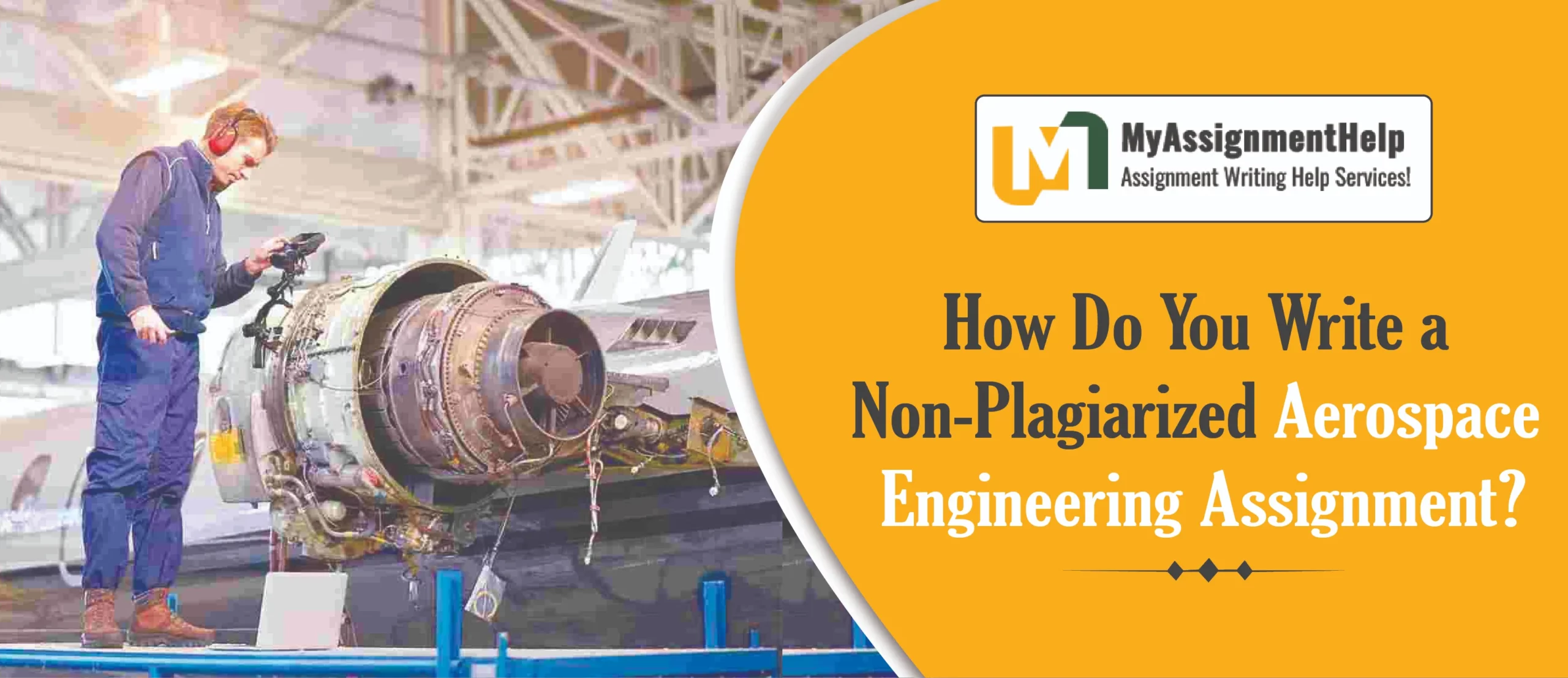Embarking on an aerospace engineering assignment can be both thrilling and challenging. As you delve into the intricacies of this field, you must also ensure that your work reflects your unique understanding and insights. Plagiarism is a serious offense in academia and can have detrimental consequences for your academic journey. In this blog post, we’ll explore the essential steps to create a non-plagiarized aerospace engineering assignment while highlighting the significance of seeking aerospace when needed.

Understanding Plagiarism:
Plagiarism involves presenting someone else’s ideas, words, or work as your own without proper acknowledgment. In the realm of aerospace engineering, where innovation is key, maintaining academic integrity is crucial. To avoid plagiarism, it’s imperative to grasp the distinction between paraphrasing, summarizing, and direct quoting and to use proper citations.
Research and Note-Taking:
Begin your assignment with thorough research. Collect information from reputable sources, such as academic journals, textbooks, and scholarly articles. Take meticulous notes during this phase, ensuring that you jot down the source of each piece of information. Accurate note-taking is the foundation for creating an original and well-cited assignment.
Citation Styles and Guidelines:
Understanding the citation style required for your aerospace engineering assignment is paramount. Whether it’s APA, MLA, Chicago, or any other style, adherence to these guidelines ensures that you give credit to the original authors and avoid plagiarism accusations. Familiarize yourself with the specific requirements of your assignment, and consistently apply the chosen citation style throughout your work.
Utilizing Aerospace Engineering Assignment Help:
When faced with complex topics or tight deadlines, seeking aerospace engineering assignment help is a wise decision. Professional assistance not only provides you with a deeper understanding of the subject matter but also ensures that the content is original. Collaborating with experts in the field can enhance the quality of your assignment, making it stand out without compromising on academic integrity.
Effective Paraphrasing:
Paraphrasing is a skill that can be invaluable in crafting a non-plagiarized aerospace engineering assignment. When rephrasing information, strive to maintain the original meaning while expressing it in your own words. Avoid simply changing a few words or sentence structures; instead, demonstrate your comprehension of the material by rearticulating it in a unique way.
Plagiarism Checking Tools:
Before submitting your aerospace engineering assignment, make use of plagiarism-checking tools. These tools can help you identify unintentional instances of plagiarism and ensure that your work is entirely original. Run your assignment through reputable plagiarism detectors to guarantee its authenticity and make any necessary revisions.
Conclusion:
In the world of aerospace engineering, where innovation and authenticity are prized, crafting a non-plagiarized assignment is not only an academic requirement but a testament to your understanding of the subject. By conducting thorough research, adhering to citation guidelines, seeking expert assistance when needed, and employing effective paraphrasing, you can create an original and impactful aerospace engineering assignment. Remember, your unique insights and contributions to the field are what will set your work apart.





